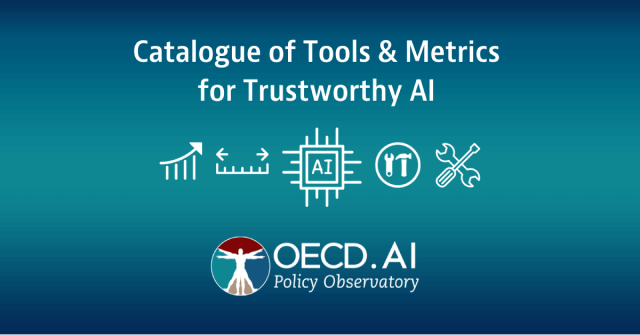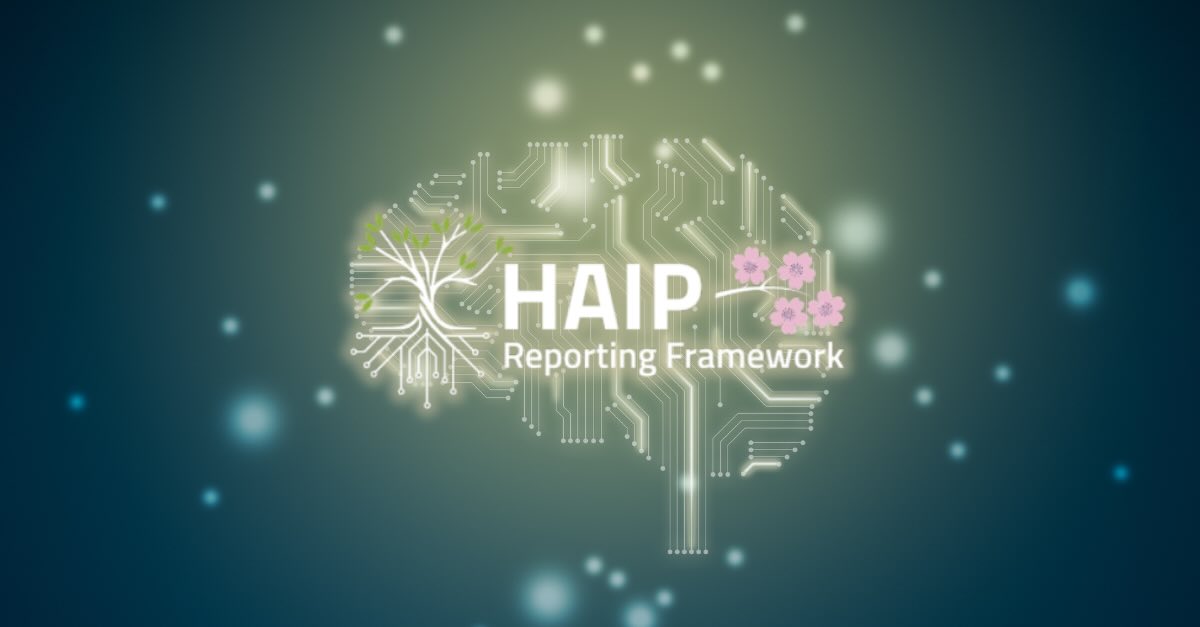Get the report on the OECD’s iLibrary
Artificial intelligence (AI) systems can help achieve sustainability goals but can also use massive computational resources, raising sustainability concerns. This report looks at how policy makers can better understand AI’s direct and indirect impacts on the environment and react to both the positive and negative for the planet’s good.
More concretely, the report calls on policy makers to establish measurement standards, expand data collection, identify AI-specific impacts, look beyond operational energy use and emissions, and improve transparency and equity. It also details existing measurement tools and critical challenges governments face to quantify the positive and negative environmental impacts of training and deploying AI models and applications.
It concludes by saying countries should unite to create indicators specific to AI computing, or “compute”, share best practices, and support new and innovative AI applications to fight climate change. In doing so, countries can ensure that AI is trained and deployed in the most sustainable way possible while minimising negative environmental impacts.
Presentation and panel discussion at COP27, November 2022
WATCH THE PRESENTATION AND PANEL DISCUSSION

Opening remarks:
- Jens Lundsgaard, Deputy Director of the Science, Technology and Innovation Directorate, OECD
Presentation of the report:
- Celine Caira, Economist and Policy Analyst, OECD.AI
- Johannes Leon Kirnberger, Consultant on Artificial Intelligence and Climate
Confirmed panellists
- Moderator, Stephanie Ifayemi, Head of Policy at Partnership on AI
- Peter Addo, Head of Emerging Tech Lab – Agence Française de Développement (AFD)
- Ronny Rodríguez Chaves, Energy Deputy Minister, Ministry of Environment and Energy, Costa Rica
- George Kamiya, Expert on Climate Impacts of Digital Technologies, former International Energy Agency (IEA)
- Keith Strier, Co-Chair of the OECD.AI Compute & Climate Expert Group, NVIDIA VP for Worldwide AI Initiatives
- Lee Tiedrich, Co-Chair of the Global Partnership on AI (GPAI) Project RAISE, Visiting Professor of the Practice at Duke Law School, Distinguished Faculty Fellow in Ethical Technology with the Duke Initiative for Science & Society

























